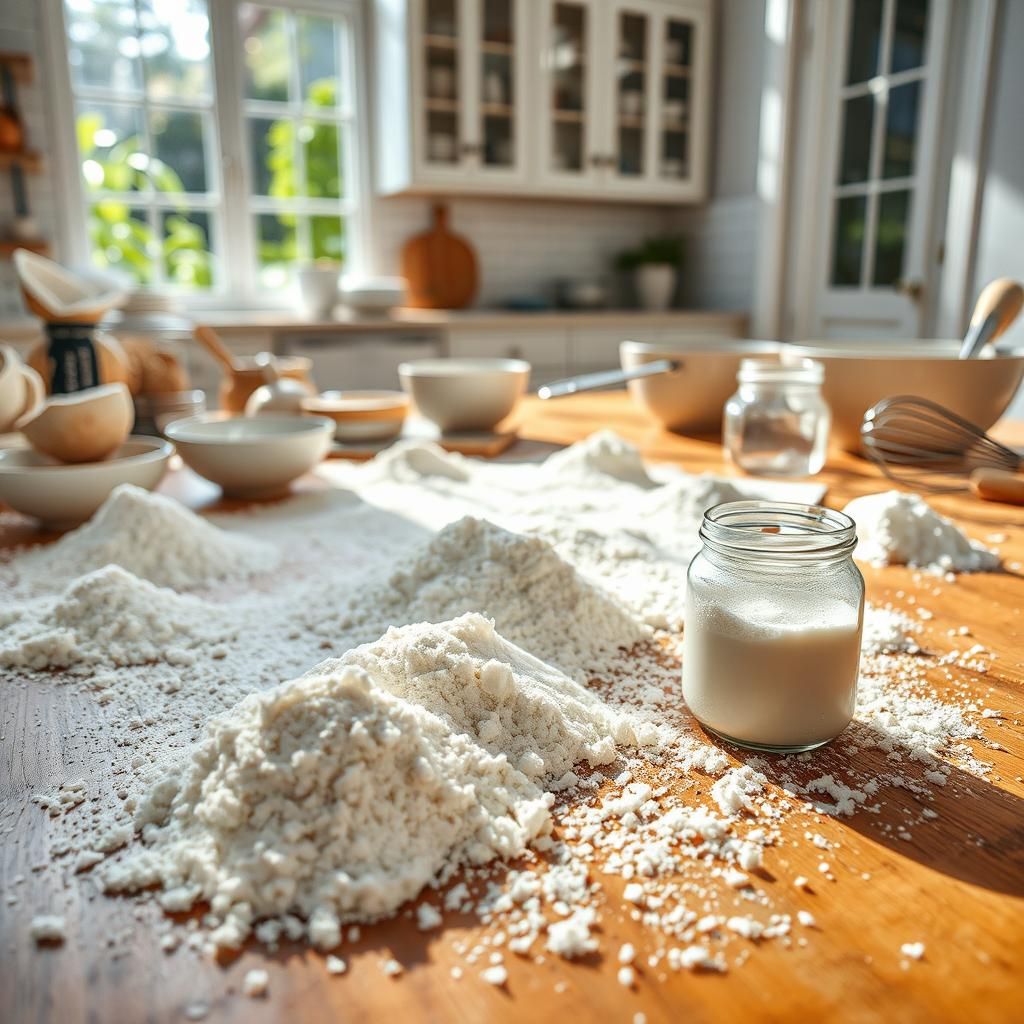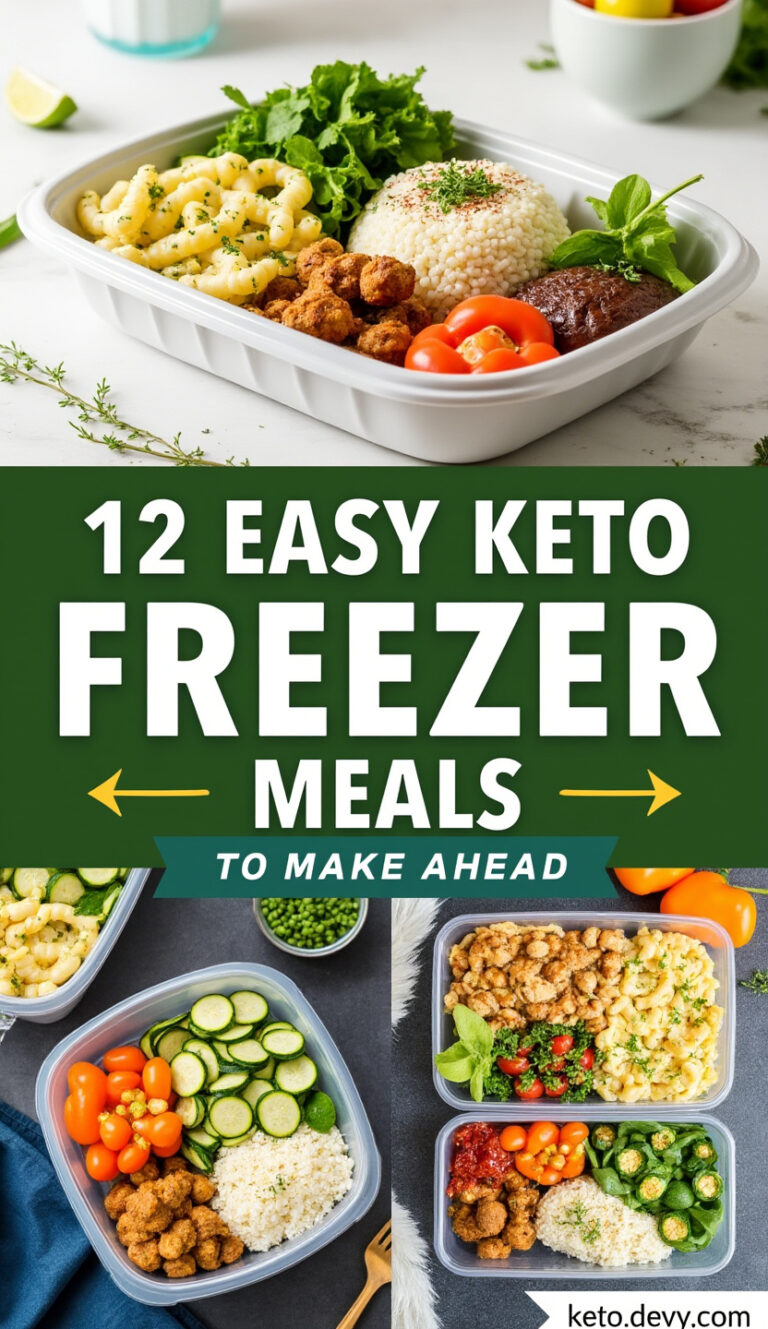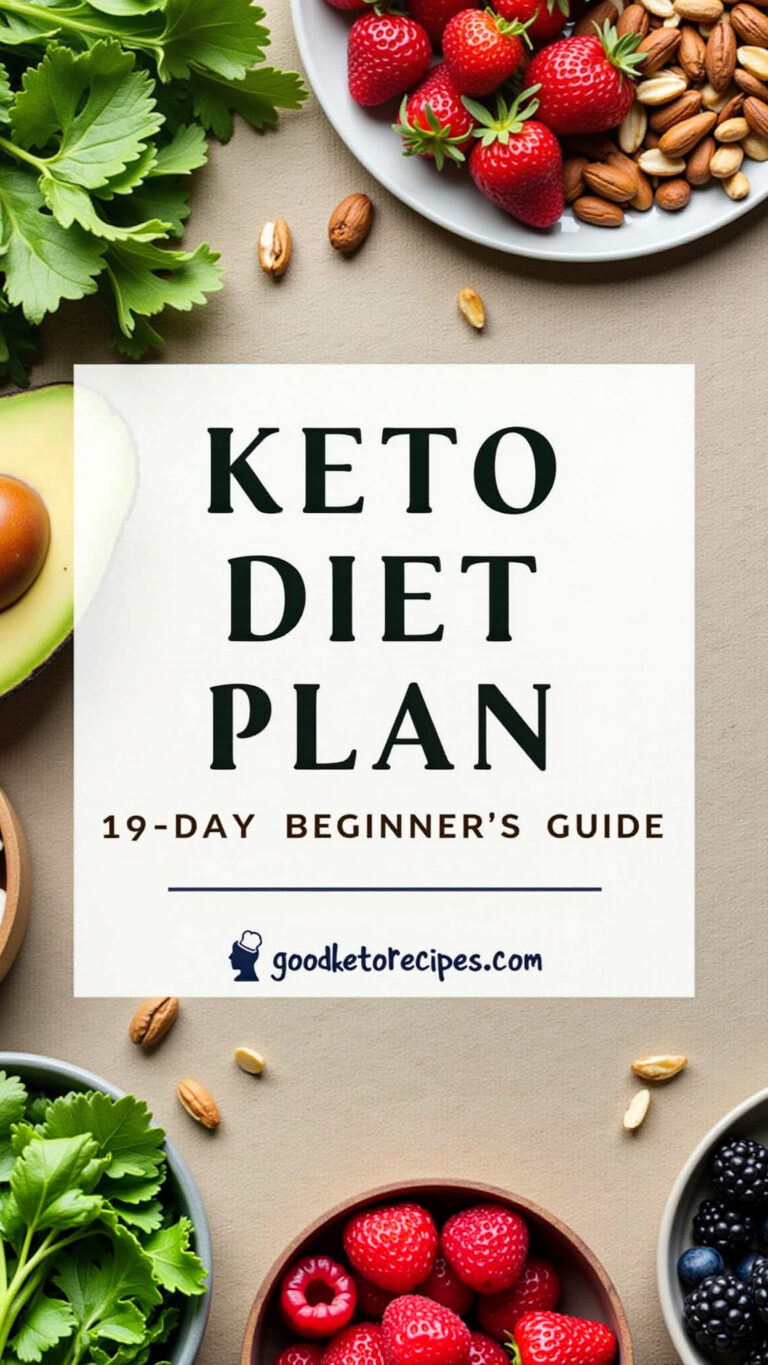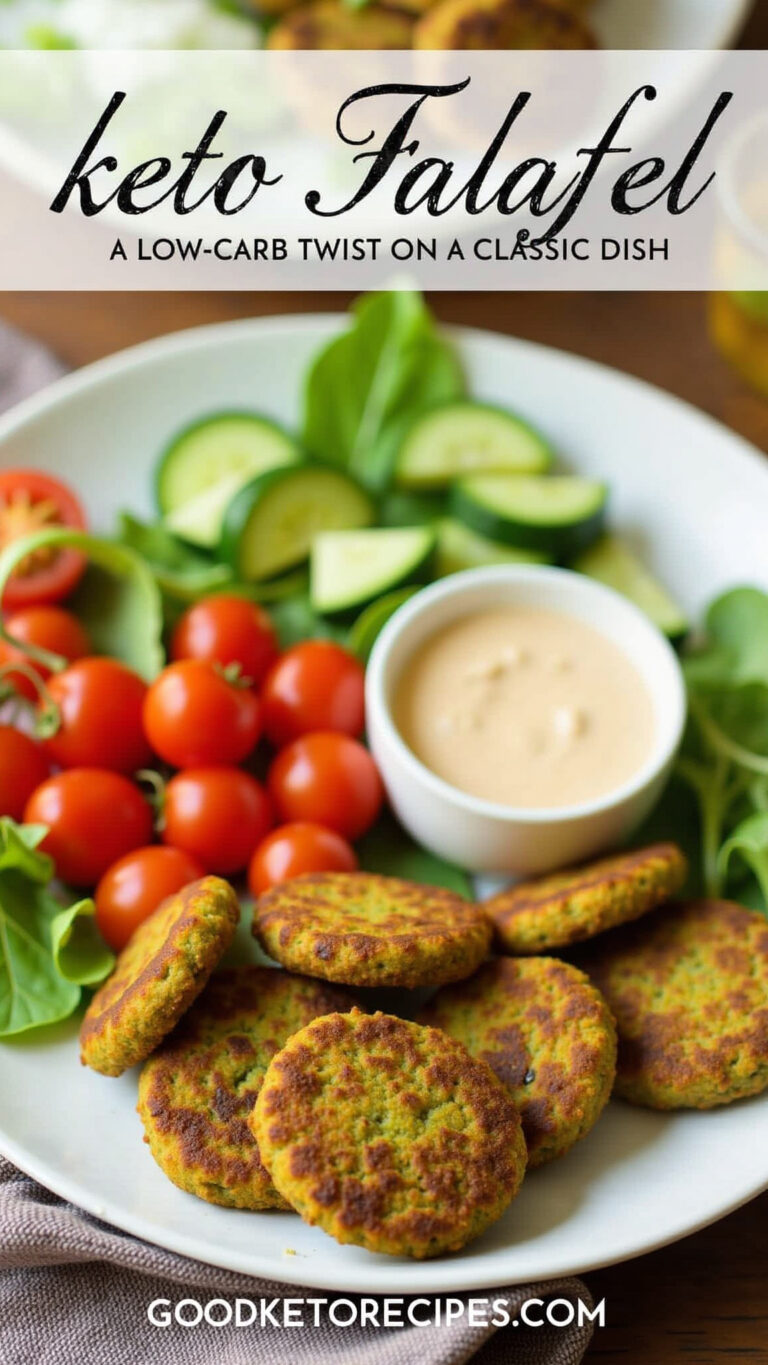Coconut Flour Bread: The Ultimate Guide
In the world of health-conscious baking, coconut flour has emerged as a star ingredient, especially for those navigating gluten-free, low-carb, keto, or paleo lifestyles. Its unique properties offer a powerful alternative to traditional wheat flour, allowing enthusiasts to enjoy baked goods like bread without the associated carbs and gluten.
However, working with coconut flour isn’t quite the same as using wheat flour. It behaves differently, requiring specific techniques and a good understanding of its nature. This guide dives deep into everything you need to know about baking delicious, satisfying coconut flour bread. From understanding its benefits and challenges to mastering a core recipe and troubleshooting common issues, we’ll provide the expertise and insights you need to succeed.
Whether you’re new to gluten-free baking or looking to perfect your low-carb loaf, join us as we explore the ultimate guide to making fantastic coconut flour bread.Looking for a personalized plan? Explore a Custom Keto Diet tailored just for you.
Why Choose Coconut Flour for Bread?
There are compelling reasons why bakers are increasingly turning to coconut flour as a primary ingredient for their bread recipes.
Nutritional Benefits
Coconut flour is derived from dried coconut meat after the oil has been extracted. This process results in a flour that is significantly different from wheat flour nutritionally.
- **Low in Carbohydrates:** Compared to wheat flour, coconut flour contains far fewer net carbs, making it ideal for keto and low-carb diets. While it does contain carbs, a significant portion is fiber.
- **High in Dietary Fiber:** Coconut flour boasts an impressive amount of fiber. This contributes to digestive health, can help regulate blood sugar levels, and adds bulk, which is crucial for satiety. Per quarter cup (about 30g), it can contain around 10-12 grams of fiber. This high fiber content is also why it absorbs so much liquid.
- **Gluten-Free:** Naturally free from gluten, coconut flour is an excellent option for individuals with celiac disease or gluten sensitivity.
- **Source of Healthy Fats:** Although most of the fat is removed during processing, residual healthy fats remain.
- **Moderate Protein:** It offers a decent amount of plant-based protein.
These nutritional advantages make coconut flour bread a popular choice for those looking to reduce carb intake, manage blood sugar, or avoid gluten while still enjoying the simple pleasure of bread.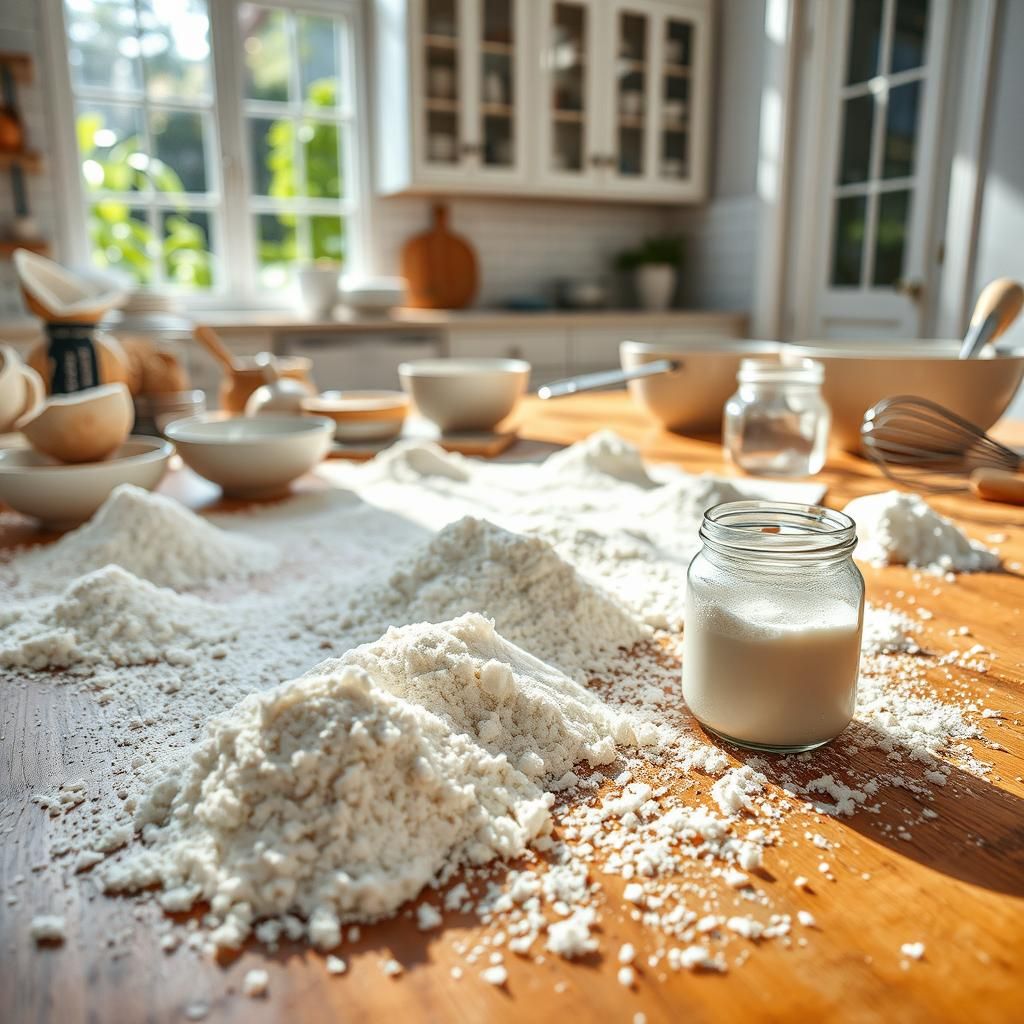
Unique Baking Properties
Understanding how coconut flour behaves is key to successful baking.
- **Extreme Absorbency:** This is the most defining characteristic. Coconut flour is like a sponge, soaking up significantly more liquid than wheat or almond flour. This means you need far less flour and much more liquid (or eggs) in your recipes. Using a 1:1 substitute for wheat flour will result in a dry, crumbly disaster.
- **Mild Sweetness:** It has a subtle, naturally sweet flavor that can complement both sweet and savory bread recipes.
- **Fine Texture:** The flour itself is very fine and soft, which can contribute to a tender crumb when handled correctly.
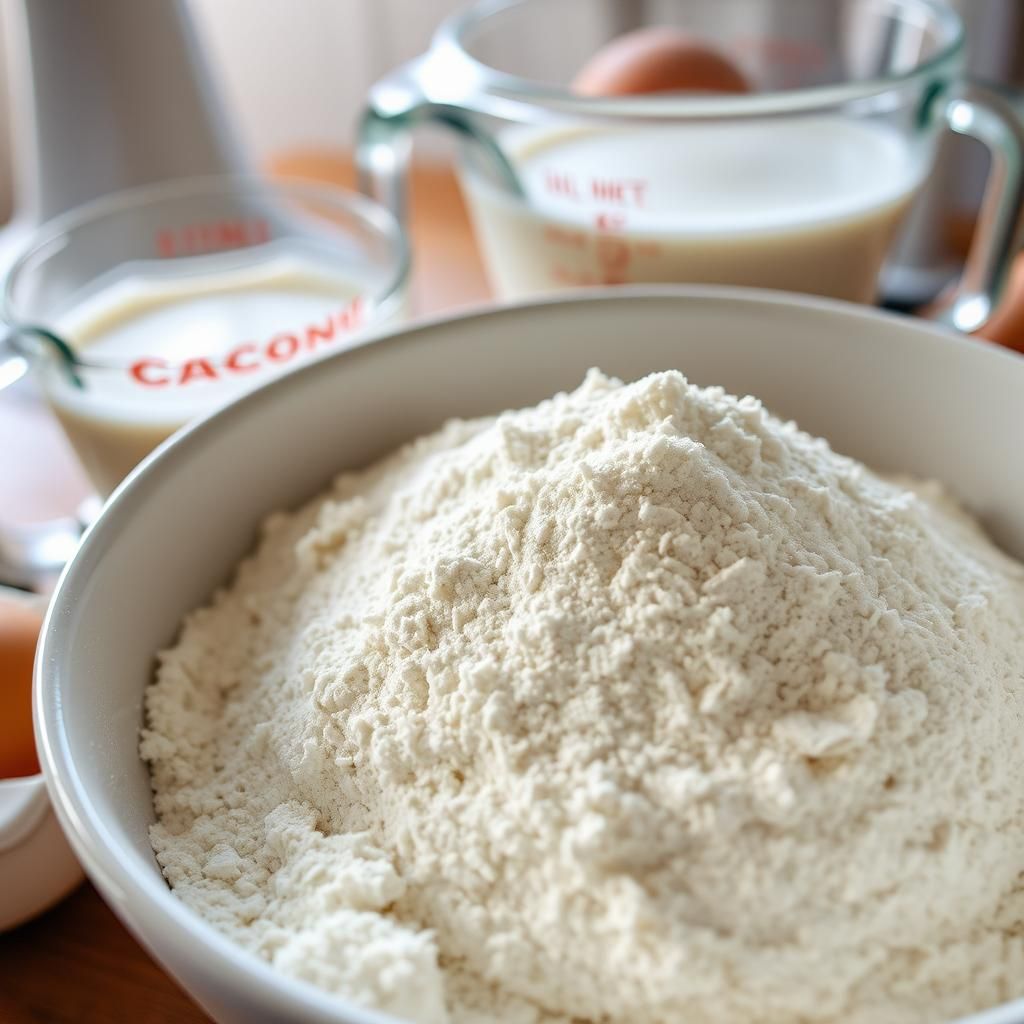 Plan your meals effortlessly with The Ultimate Keto Meal Plan.
Plan your meals effortlessly with The Ultimate Keto Meal Plan.
Suitable for Specific Diets
Coconut flour bread fits perfectly into several popular dietary frameworks:
- **Keto Diet:** Its low net carb count aligns well with ketogenic principles.
- **Paleo Diet:** As it’s derived from a plant source and unprocessed, it’s considered paleo-friendly.
- **Gluten-Free Diet:** It’s a staple for anyone avoiding gluten.
- **Diabetic-Friendly:** The high fiber content helps moderate the impact on blood sugar.
By choosing coconut flour for your bread, you open up a world of possibilities for creating delicious, diet-compliant baked goods.
Understanding Coconut Flour
Before you bake your first loaf of coconut flour bread, it’s helpful to know exactly what you’re working with and why it behaves the way it does.
What is Coconut Flour?
Coconut flour is made from the solid meat of the coconut after it has been separated from the milk, pressed to extract the oil, and then dried and finely ground. It’s essentially a byproduct of coconut milk and oil production.
This process removes much of the fat and moisture, concentrating the fiber.
Unlike grain flours (like wheat, rice, or corn), coconut flour contains no gluten. Gluten is the protein network that provides structure and elasticity to traditional bread dough. Because coconut flour lacks this, you cannot knead it like wheat dough, and it requires different binding agents to hold together.Expand your baking repertoire with the Keto Breads and Pizza recipe book.
Baking Challenges & How to Overcome Them
Working with coconut flour presents unique challenges due to its high absorbency and lack of gluten.
- **Excessive Dryness:** The most common issue. Coconut flour pulls in liquid like crazy. If your ratios are off, your bread will be incredibly dry, dense, and crumbly.
- **Solution:** Use significantly more liquid (water, milk, coconut milk, etc.) and, crucially, a lot of eggs. Eggs provide moisture, fat, and protein that act as binding agents and help provide structure where gluten is absent. A typical ratio might be around 1/4 to 1/3 cup of coconut flour per 2-3 eggs and 1/4 cup of liquid. These ratios are vastly different from wheat flour baking.
- **Lack of Structure:** Without gluten, the dough won’t develop elasticity. This means you can’t knead it or expect it to rise in the same way.
- **Solution:** Eggs are the primary binder. Psyllium husk or xanthan gum are often added to help mimic the binding properties of gluten and provide better texture and structure. Baking powder and/or baking soda provide the necessary lift.
- **Eggy Flavor:** Because recipes require so many eggs, some coconut flour breads can have a noticeable eggy taste.
- **Solution:** Use fresh eggs. Balance the flavor with savory additions (herbs, spices) or sweeteners and extracts (vanilla, cinnamon) depending on the type of bread. Using fat (like butter or coconut oil) can also help round out the flavor. Ensure the bread is thoroughly baked, as underbaking can make the eggy flavor more prominent.
- **Density:** Coconut flour breads tend to be denser than traditional airy wheat breads.
- **Solution:** While you won’t get the same airy texture, using adequate leavening (baking powder/soda), sufficient eggs, and balancing wet and dry ingredients correctly helps achieve a lighter crumb. Don’t overmix the batter.
Understanding these challenges and the role of each ingredient is fundamental to mastering coconut flour bread baking.Try delicious and healthy recipes with the Keto Soup Detox.
Essential Ingredients for Coconut Flour Bread
Successful coconut flour bread relies on a careful balance of key ingredients that compensate for the lack of gluten and manage the flour’s high absorbency.
Coconut Flour
- **Choosing Quality:** Not all coconut flours are created equal. Look for fine, consistent textures. Organic and non-GMO options are preferred by many. Storage is important – keep it in an airtight container in a cool, dry place. Some even recommend refrigeration or freezing for longer storage, especially in humid climates, due to its high fiber content which can attract moisture.
- **Measuring:** Always scoop gently into the measuring cup and level off with a straight edge. Do not pack it down, as this will add too much flour and result in a dry bread. Using a kitchen scale for accuracy (grams) is highly recommended, as volume measurements of flour can vary. Approximately 30-35 grams is typically 1/4 cup.
Eggs
- **Role:** Eggs are arguably the most critical ingredient in coconut flour bread after the flour itself. They provide structure (protein), moisture, fat, and act as a primary binder. Without eggs, coconut flour simply wouldn’t hold together as bread.
- **Quantity:** Expect to use significantly more eggs than you would in a standard wheat bread recipe. A recipe might call for 4-6 eggs for just 1/2 cup of coconut flour.
- **Temperature:** Using room temperature eggs can sometimes help achieve a slightly better rise and texture as they incorporate more easily into the batter.
 Deep dive into the principles of The Keto Diet.
Deep dive into the principles of The Keto Diet.
Liquid
- **Role:** Provides essential moisture to hydrate the super-absorbent coconut flour.
- **Types:** Common liquids include water, unsweetened almond milk, coconut milk (from the carton, not canned full-fat unless specified), or even heavy cream for a richer loaf. The type of liquid can subtly influence the final flavor and richness.
- **Adjusting:** The exact amount of liquid can sometimes vary slightly depending on the specific brand of coconut flour used, as absorbency can differ.
Leavening Agents
- **Role:** These create gas bubbles that cause the bread to rise, preventing it from becoming overly dense.
- **Types:** Baking powder and/or baking soda are typically used. If using baking soda, ensure there is an acidic ingredient in the recipe (like apple cider vinegar, lemon juice, or buttermilk – though buttermilk is less common in strict low-carb/keto recipes, sometimes yogurt is used). Baking powder contains both an acid and a base and only needs liquid and heat to react. Ensure your leavening agents are fresh.
Discover delightful treats in the Keto Snack Cookbook.
Fat
- **Role:** Adds moisture, tenderness, and richness, and helps improve the overall texture and mouthfeel. It can also help reduce the ‘eggy’ taste.
- **Types:** Melted butter, coconut oil, or olive oil are common choices. The type of fat can influence flavor. Butter provides a classic rich taste, coconut oil is neutral or adds a subtle coconut note, and olive oil works well in savory recipes.
Other Optional Ingredients
- **Salt:** Enhances flavor, balancing sweetness or bringing out savory notes.
- **Sweeteners:** Erythritol, xylitol (toxic to dogs!), stevia, monk fruit, or allulose are often used in keto/low-carb versions to add sweetness without carbs. Adjust to your taste.
- **Flavorings:** Vanilla extract (for sweet), herbs like rosemary or thyme, garlic powder, onion powder, cinnamon, or spices (for sweet or savory).
- **Binders:** Psyllium husk powder (or whole psyllium husks ground into a powder) and xanthan gum are powerful binders that significantly improve the structure and texture of gluten-free breads made with coconut flour. They help create a less crumbly, more bread-like consistency. Use them sparingly, as too much can result in a gummy texture.
Mastering the interplay of these ingredients is the secret to delicious and structurally sound coconut flour bread.
The Ultimate Coconut Flour Bread Recipe (Basic)
This recipe provides a solid foundation for a simple, slightly sweet or savory versatile loaf of coconut flour bread. It’s designed to be relatively easy and forgiving, illustrating the core principles of baking with this unique flour.
Yields: 1 small loaf (approx. 8-10 slices)
Prep time: 10-15 minutes
Bake time: 30-40 minutes
Ingredients:
- 1/2 cup (approx. 60-70g) Coconut Flour, gently scooped and leveled
- 1/2 teaspoon Sea Salt
- 1 teaspoon Baking Powder (ensure it’s fresh)
- 1/4 teaspoon Baking Soda (optional, if adding a touch of acid later)
- 6 Large Eggs, at room temperature (this is NOT a typo!)
- 1/2 cup Unsweetened Liquid (e.g., unsweetened almond milk, coconut milk from carton, water)
- 1/4 cup Melted Butter, Coconut Oil, or Olive Oil
- Optional: 1 tablespoon of a granular low-carb sweetener (like erythritol) for a slightly sweet bread, OR 1 teaspoon herbs like dried rosemary for savory.
- Optional Binder: 1 teaspoon Psyllium Husk Powder OR 1/4 teaspoon Xanthan Gum (these improve texture but are not strictly necessary for a basic loaf)
Equipment:
- Standard loaf pan (8.5 x 4.5 or 9×5 inch)
- Parchment paper
- Mixing bowls
- Whisk or electric mixer
Step-by-Step Instructions:
1. **Preheat Oven & Prep Pan:** Preheat your oven to 350°F (175°C). Grease your loaf pan or, preferably, line it with parchment paper, leaving some overhang on the sides. This prevents sticking and makes removal easy.2. **Combine Dry Ingredients:** In a medium bowl, whisk together the coconut flour, salt, baking powder, baking soda (if using), optional sweetener, and optional binder (psyllium husk or xanthan gum). Whisk well to ensure the leavening agents are evenly distributed and break up any lumps in the coconut flour.
3. **Combine Wet Ingredients:** In a separate large bowl, whisk the eggs until they are well combined and slightly frothy. This incorporates air and helps with the rise. Whisk in the liquid (almond milk, water, etc.) and the melted fat (butter, oil). Add any liquid extracts (like vanilla) if using. Cook faster and healthier with the Keto Air Fryer Cookbook.
Cook faster and healthier with the Keto Air Fryer Cookbook.
4. **Combine Wet and Dry:** Add the dry ingredients to the wet ingredients. Using a whisk or a spatula, mix until just combined. Do not overmix. The batter will be quite thick, much thicker than a traditional wheat bread batter, but pourable/spoonable, not kneadable dough. If adding savory mix-ins like dried herbs, stir them in now.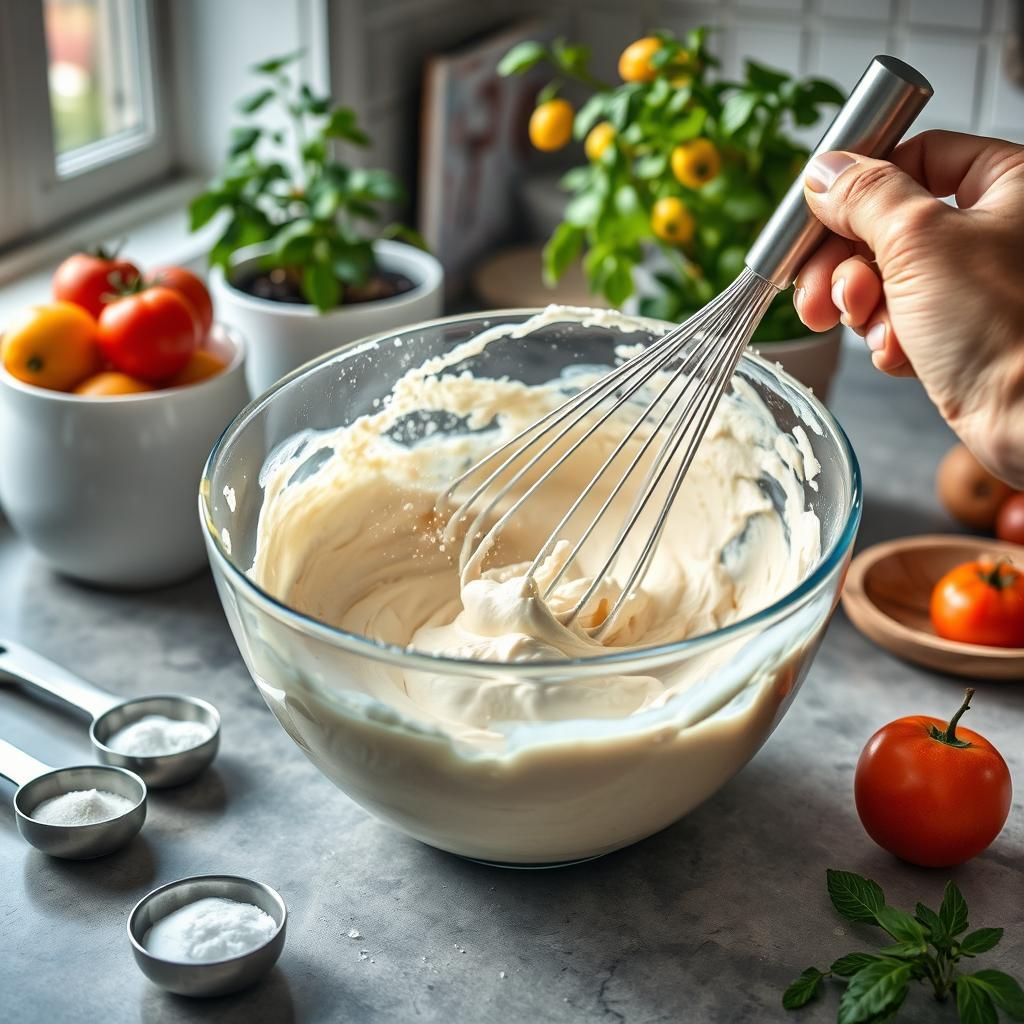
5. **Rest the Batter (Optional but Recommended):** Let the batter sit for 5-10 minutes. This gives the coconut flour time to absorb the liquid fully, which can help improve the final texture and consistency. You’ll notice it thickens further.
6. **Pour into Pan:** Pour or spoon the thickened batter into the prepared loaf pan. Smooth the top with a spatula.
7. **Bake:** Place the pan in the preheated oven. Bake for 30-40 minutes. Baking time can vary depending on your oven and the exact pan size.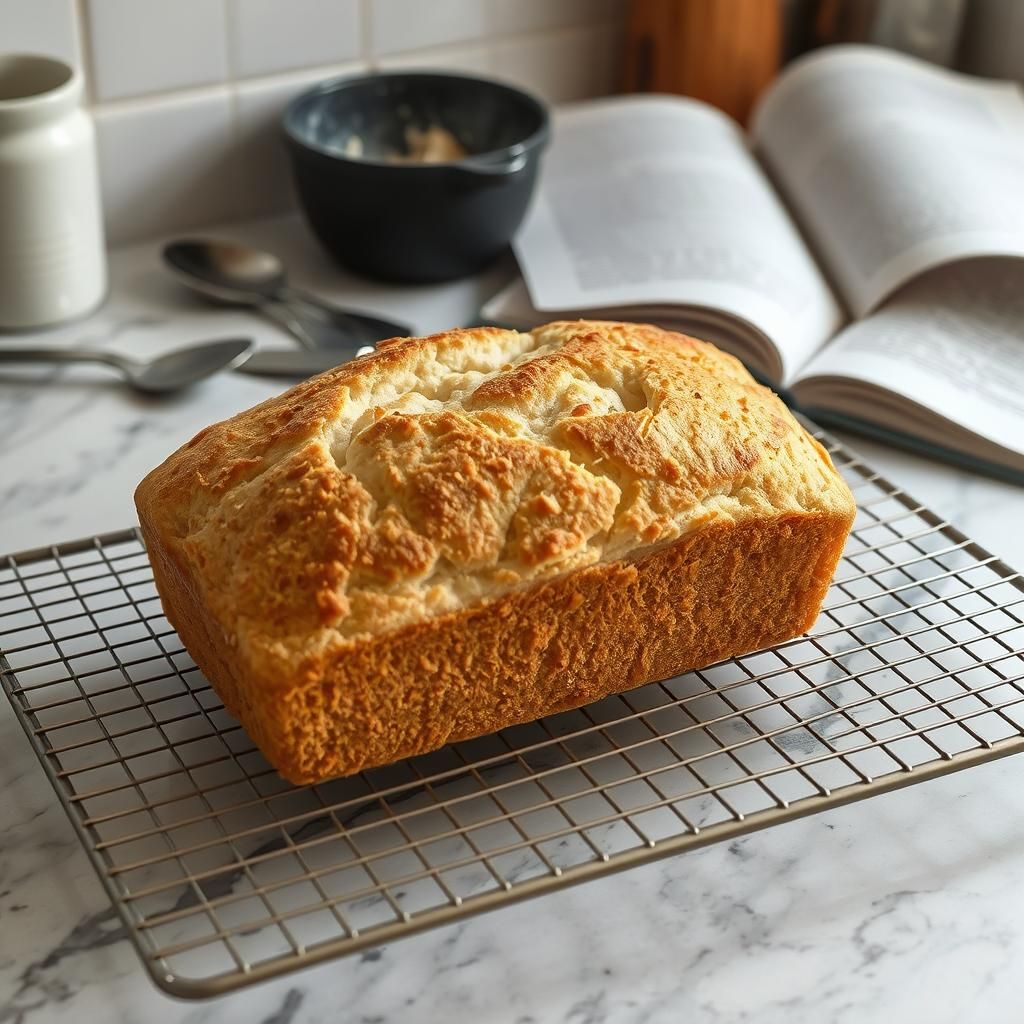 Satisfy your sweet tooth with the Keto Dessert Book.
Satisfy your sweet tooth with the Keto Dessert Book.
8. **Check for Doneness:** The bread is done when the top is golden brown and a toothpick or cake tester inserted into the center comes out clean. You can also gently press the top; it should spring back slightly. If the top browns too quickly before the inside is cooked, you can loosely tent the pan with foil.
9. **Cooling:** This is a crucial step for coconut flour bread. Remove the pan from the oven and let the bread cool in the pan for at least 15-20 minutes before attempting to remove it. This allows it to finish setting and prevents it from falling apart.
10. **Full Cooling:** Carefully lift the bread out of the pan using the parchment paper overhang or invert it onto a wire rack. Let it cool completely on the wire rack before slicing. Slicing while warm can result in a gummy texture.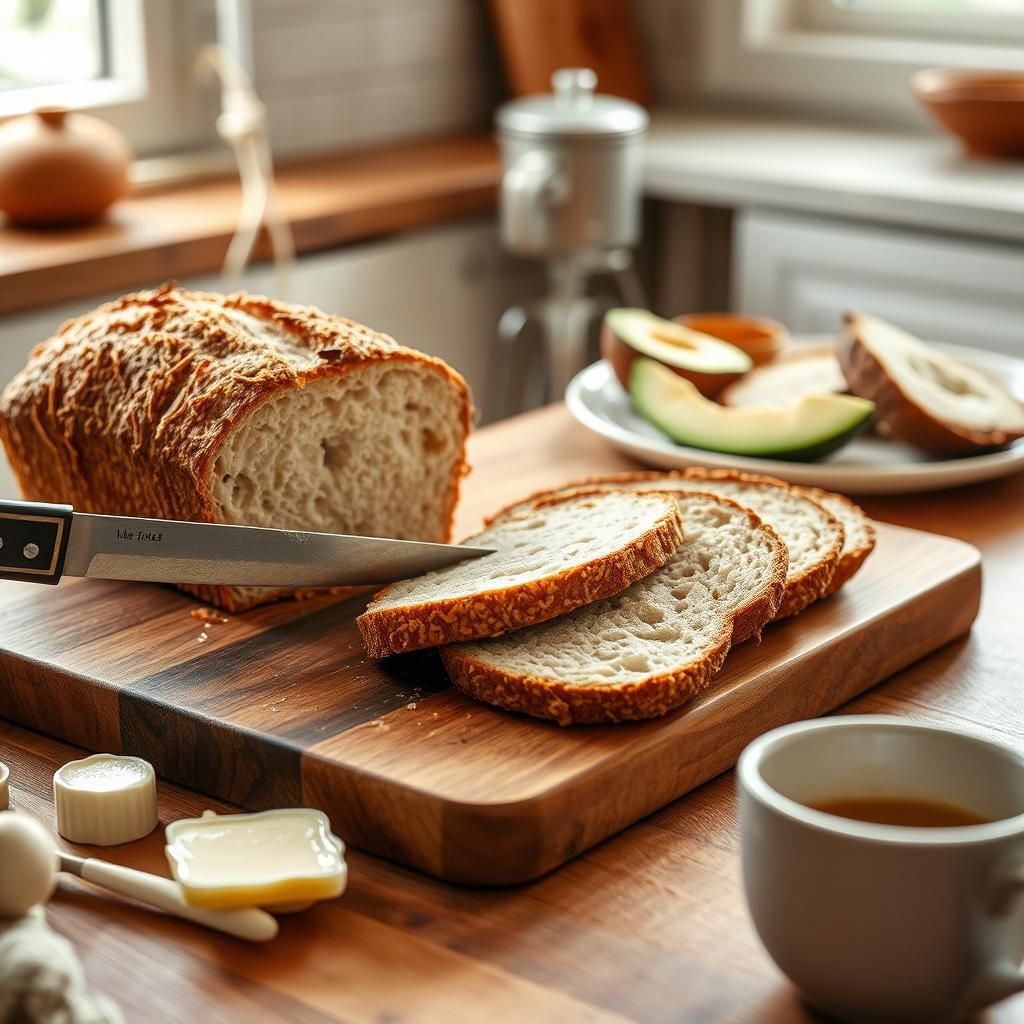
Enjoy your homemade coconut flour bread! It’s delicious toasted, with butter, or used for sandwiches.
Tips for Success
- **Accurate Measurement:** Especially for coconut flour and eggs. Using a scale for flour is ideal.
- **Room Temperature Eggs:** Helps with texture and binding.
- **Don’t Overmix:** Overmixing can lead to a tougher texture. Mix just until the dry ingredients are incorporated.
- **Allow Rest Time:** The 5-10 minute rest lets the flour absorb moisture fully.
- **Cool Completely:** Patience is key for texture!
- **Know Your Oven:** Ovens vary. Keep an eye on the bread and adjust time/temperature slightly if needed.
Troubleshooting Common Problems
Even with a good recipe, baking with coconut flour can sometimes be tricky. Here’s how to address common issues:
Bread is Too Dense
- **Likely Causes:**
- Too much coconut flour or not enough liquid/eggs.
- Leavening agents are old or not enough were used.
- Batter was overmixed.
- Bread wasn’t baked long enough, or cooled properly.
- **Solutions:**
- Double-check measurements, especially the flour-to-egg/liquid ratio. Coconut flour amount should be relatively small compared to the liquid volume and number of eggs.
- Ensure baking powder/soda are fresh (test baking powder by adding a spoonful to hot water – it should fizz vigorously).
- Mix just until ingredients are combined.
- Bake until a toothpick comes out clean and let it cool completely.
Find endless cooking inspiration with the 500 Delicious Keto Recipes Cookbook.
Bread is Dry/Crumbly
- **Likely Causes:**
- Too much coconut flour (most common reason).
- Not enough fat, liquid, or eggs.
- Baked for too long or at too high a temperature.
- Sliced before cooling completely.
- **Solutions:**
- Reduce the amount of coconut flour slightly in your next batch.
- Increase eggs, liquid, or fat next time.
- Check oven temperature with a thermometer. Bake for the minimum time and check for doneness.
- Always let the bread cool fully on a wire rack before slicing.
Build your perfect diet plan with a Custom Keto Diet.
Bread Doesn’t Rise
- **Likely Causes:**
- Expired or inactive baking powder/soda.
- Not enough leavening agent used.
- Too much moisture or too little acid (if using baking soda without an acid).
- Oven temperature is too low.
- **Solutions:**
- Replace old leavening agents.
- Verify recipe measurements for baking powder/soda.
- Ensure oven temperature is accurate.
Eggy Flavor
- **Likely Causes:**
- Using non-fresh eggs.
- Recipe balance is off (too many eggs relative to other flavors).
- Underbaked bread.
- **Solutions:**
- Use the freshest eggs possible.
- Ensure bread is fully baked.
- Add flavorings appropriate to your bread type (vanilla, cinnamon for sweet; herbs, garlic for savory) to help mask the flavor. Increasing fat content slightly can also help.
Troubleshooting is part of the learning process with coconut flour bread. Pay attention to the batter consistency and the outcome of your bake to adjust future attempts.Simplify your keto lifestyle with The Ultimate Keto Meal Plan.
Variations and Add-ins
The basic coconut flour bread recipe is a versatile canvas. You can easily adapt it to create sweet or savory loaves and incorporate various mix-ins.
Savory Options
Perfect for sandwiches, toast with eggs, or alongside soups and salads.
- **Herbs & Garlic:** Add 1-2 teaspoons of dried Italian herbs, rosemary, thyme, or dill to the dry ingredients. Mix in 1-2 cloves of minced fresh garlic or 1/2 – 1 teaspoon of garlic powder. Onion powder is also a great addition.
- **Cheese:** Grated sharp cheddar, parmesan, or nutritional yeast (for a dairy-free cheesy flavor) can be folded into the batter before baking. Start with 1/4 to 1/2 cup.
- **Seeds:** Poppy seeds, sesame seeds, or everything bagel seasoning can be added to the batter or sprinkled on top before baking.
- **Olives/Sun-dried Tomatoes:** Chopped olives or sun-dried tomatoes (patted dry) add bursts of flavor. Use sparingly (1/4 to 1/2 cup chopped).
Get innovative bread ideas from the Keto Breads and Pizza recipe book.
Sweet Options
Ideal for breakfast, snacks, or dessert.
- **Cinnamon & Spice:** Add 1-2 teaspoons of ground cinnamon, nutmeg, or pumpkin pie spice to the dry ingredients.
- **Extracts:** Enhance sweetness with vanilla extract, almond extract, or maple extract (ensure low-carb if on keto). Add to the wet ingredients.
- **Berries:** Fresh or frozen (do not thaw) low-carb berries like blueberries or raspberries can be gently folded into the batter just before pouring into the pan. Be mindful that excess moisture from frozen berries can affect texture slightly.
- **Zest:** Lemon or orange zest can add a bright, fresh flavor.
Adding Nuts and Seeds
Chopped nuts (like walnuts, pecans, or almonds) and seeds (chia seeds, flax seeds, pumpkin seeds, sunflower seeds) add texture, flavor, and nutrients.
- **Incorporation:** Fold 1/4 to 1/2 cup of chopped nuts or seeds into the batter.
- **Texture:** They add a pleasant crunch and make the bread more substantial. Flax and chia seeds can also help with binding due to their gelling properties when wet.
Rejuvenate with the recipes from the Keto Soup Detox.
Loaf vs. Rolls vs. Muffins
The basic coconut flour bread batter is adaptable to different forms:
- **Rolls:** Instead of a loaf pan, portion the batter into muffin cups or individual roll molds. Baking time will be significantly shorter (likely 20-30 minutes).
- **Muffins:** Sweet variations work perfectly as muffins. Fill muffin liners about two-thirds full. Baking time similar to rolls.
Experimenting with variations allows you to create a range of delicious coconut flour bread options to suit any meal or craving.
Storing Coconut Flour Bread
Proper storage is essential to maintain the freshness and texture of your homemade coconut flour bread. Due to its high moisture content (from the eggs and liquid) and lack of preservatives, it doesn’t last as long at room temperature as commercial bread.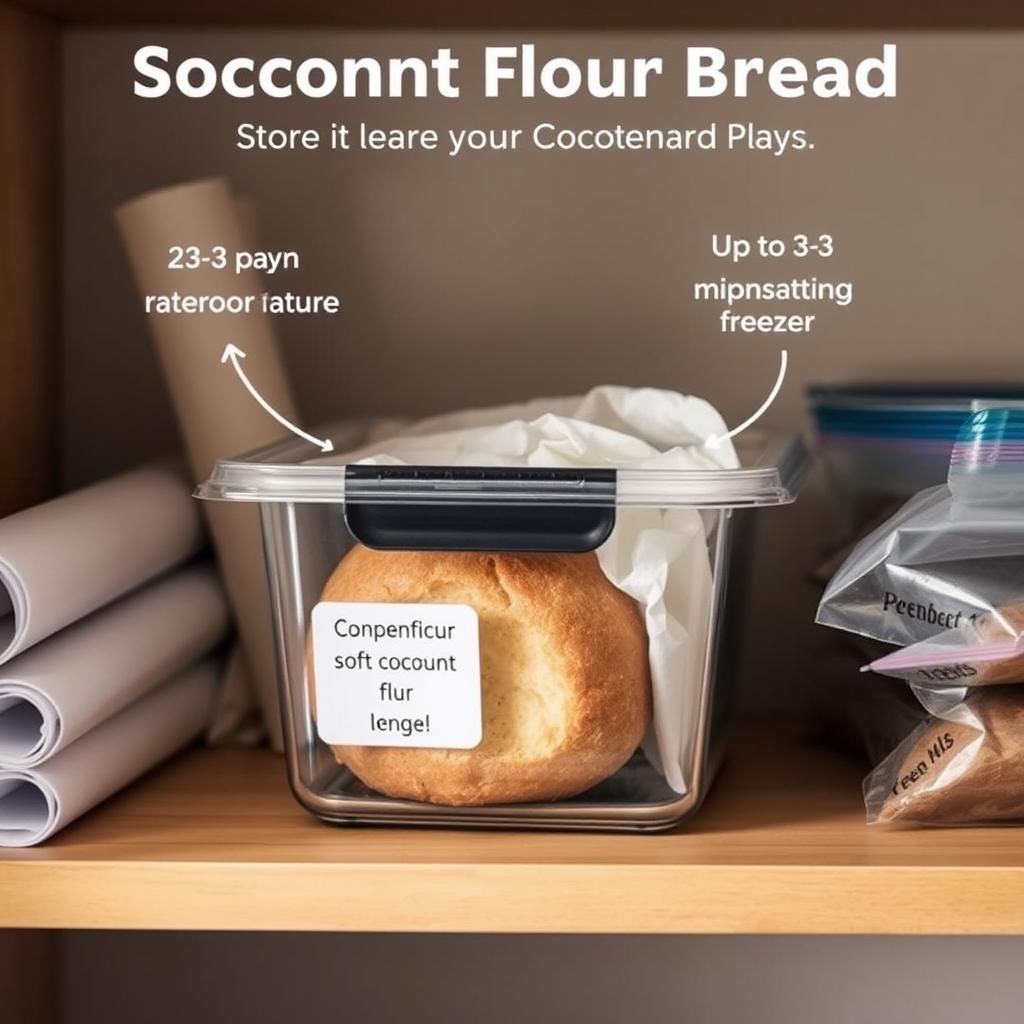
Room Temperature
- **Duration:** Typically lasts 2-3 days.
- **Method:** Store in an airtight container or wrap tightly in plastic wrap. Keep in a cool, dry place away from direct sunlight. If your climate is humid, room temperature storage might lead to quicker spoilage.
Refrigeration
- **Duration:** Extends freshness to about 5-7 days.
- **Method:** Wrap tightly or place in an airtight container and store in the refrigerator. Refrigeration can sometimes slightly alter the texture, making it firmer, but it significantly slows down mold growth. Bring slices to room temperature or toast them to improve texture if needed.
Understand your body on keto better with The Keto Diet.
Freezing
- **Duration:** Best for longer storage, lasting up to 2-3 months.
- **Method:** Ensure the bread is completely cooled. You can freeze the whole loaf, half a loaf, or slice it first.
- **Whole/Half Loaf:** Wrap tightly in plastic wrap, then place in a freezer-safe bag or foil.
- **Sliced Loaf:** This is often the most convenient method. Once completely cool, slice the bread. Place parchment paper squares between slices to prevent them from sticking together, then stack the slices and wrap the stack tightly in plastic wrap, followed by a freezer-safe bag or container. This allows you to grab just one or two slices at a time.
- **Thawing:** Thaw frozen slices at room temperature or pop them directly into a toaster. Thaw whole or half loaves wrapped at room temperature, which can take several hours.
Always check for any signs of mold or off smells before consuming stored coconut flour bread.Discover delicious keto snacks for any time of day with the Keto Snack Cookbook.
Nutritional Breakdown & Dietary Considerations
One of the main appeals of coconut flour bread is its favorable nutritional profile, especially for certain diets. While specific values will vary slightly based on the exact recipe ingredients (especially added fats or sweeteners), we can look at the general characteristics.
Macros (Carbs, Fat, Protein)
A standard slice of coconut flour bread is typically:
- **Lower in Net Carbs:** Due to the high fiber content, the digestible (net) carb count is significantly lower than traditional wheat bread. A slice might contain 2-5g net carbs, compared to 15-20g or more in wheat bread.
- **Higher in Fat:** Recipes often use more fat (butter, oil) than low-fat wheat bread recipes to improve texture and compensate for dryness.
- **Higher in Protein:** Eggs contribute a good amount of protein, making it more satiating than many grain-based breads.
- **Higher in Fiber:** This is a major highlight, contributing to digestive health and satiety.
(Note: Exact macro counts require calculating based on your specific recipe ingredients and slice size.)Make amazing keto meals quickly with the Keto Air Fryer Cookbook.
Fiber Content
As mentioned, coconut flour is exceptionally high in fiber. This translates directly to the bread. High fiber intake is linked to numerous health benefits, including:
- Improved digestion and bowel regularity.
- Helping to manage blood sugar levels by slowing carbohydrate absorption.
- Increased feelings of fullness, which can aid in weight management.
Glycemic Impact
Due to its low net carb and high fiber content, coconut flour bread generally has a low glycemic index (GI). This means it causes a slower and lower rise in blood sugar levels compared to high-GI foods like white bread. This makes it a much better choice for individuals managing blood sugar, including those with diabetes.
For those following specific diets like Keto or Paleo, coconut flour bread provides a convenient way to enjoy a bread-like experience while staying within dietary guidelines. It’s essential, however, to consider the impact of any added ingredients like sweeteners, nuts, or seeds on the overall nutritional profile.Indulge guilt-free with recipes from the Keto Dessert Book.
Coconut Flour vs. Almond Flour Bread
When exploring gluten-free and low-carb baking, almond flour and coconut flour are the two most common wheat flour alternatives. While both serve a similar purpose, they behave very differently in recipes and result in different textures and flavors. Understanding these differences helps you choose the right flour for your desired outcome.
Texture and Taste Differences
- **Coconut Flour:** Produces a bread that is often more dense and ‘cakey’ or ‘eggy’ if not balanced correctly. It has a distinctive, though mild, coconut flavor that can either be embraced or needs to be masked depending on the recipe. The texture can be slightly drier and more crumbly than almond flour bread if liquid ratios are off.
- **Almond Flour:** Tends to produce a bread with a slightly lighter, more ‘nutty’ crumb than coconut flour. It has a pleasant, mild nutty flavor that works well in both sweet and savory applications. Recipes often require fewer eggs than coconut flour recipes, resulting in a less eggy taste.
Nutritional Comparison
While both are lower in carbs than wheat, there are differences:
- **Carbs/Fiber:** Coconut flour is generally lower in net carbs and significantly higher in fiber than almond flour. Almond flour contains more total carbs, but also has good fiber.
- **Fat:** Almond flour is higher in fat (as it’s ground nuts) than coconut flour (where most fat is removed). This contributes to the moisture and tenderness of almond flour baked goods.
- **Protein:** Both are good sources of plant-based protein, often comparable per serving.
- **Calories:** Due to its higher fat content, almond flour is typically higher in calories than coconut flour.
Achieve your goals with the structured 30 DAY KETO MEAL PLAN.
Baking Properties
This is where they diverge significantly.
- **Absorbency:** As discussed, coconut flour is extremely absorbent. You use a small amount of flour relative to liquids/eggs.
- **Absorbency:** Almond flour is much less absorbent than coconut flour, though more so than wheat flour. Recipes use a larger volume of almond flour compared to liquid/eggs than they would with coconut flour. The typical ratio is closer to 1:1 or 1:2 (almond flour to liquid/eggs) vs. the 1:4 or 1:6 ratio seen with coconut flour.
- **Binding:** Neither has gluten. Coconut flour relies heavily on eggs and binders like psyllium or xanthan gum. Almond flour also benefits from eggs but doesn’t require as many, and binders are often used but sometimes optional depending on the recipe.
- **Substitution:** You cannot substitute coconut flour and almond flour 1:1 in recipes. Because of the vast difference in absorbency, substituting would require completely re-engineering the recipe. As a very rough guideline, you might use about 1/4 cup of coconut flour for every 1 cup of almond flour, adjusting other liquids and eggs significantly.
Choosing between coconut flour bread and almond flour bread often comes down to desired texture, flavor preference, specific dietary needs (e.g., maximizing fiber vs. managing fat intake), and nut allergies.Explore a vast collection of low-carb recipes with the 500 Delicious Keto Recipes Cookbook.
Where to Buy Quality Coconut Flour
As coconut flour bread baking has grown in popularity, coconut flour has become more widely available. However, quality can vary, affecting your baking results.
Online Retailers
- **Amazon:** Offers a vast selection from numerous brands. Read reviews to gauge texture, freshness, and packaging quality.
- **Specialty Online Health Stores:** Websites focusing on keto, paleo, or gluten-free ingredients often stock high-quality, trusted brands of coconut flour.
- **Brand Websites:** Many reputable brands sell directly from their own websites.
Health Food Stores
- Stores like Whole Foods, Sprouts, or local independent health food stores are excellent places to find premium and often organic coconut flour brands. Staff are usually knowledgeable about product sourcing and quality.
Grocery Stores
- Most major supermarkets now carry coconut flour, usually in the baking aisle or the natural/specialty foods section. While convenient, the selection might be smaller, and quality can vary. Stick to well-known brands if possible.
When purchasing, check the packaging for an expiration date and look for fine, consistent texture. Airtight, resealable packaging is a plus for storage. Buying in bulk can be cost-effective if you bake frequently, but ensure you can store it properly to maintain freshness.Tailor your weight loss journey with a Custom Keto Diet.
Baking coconut flour bread offers a rewarding path for those seeking delicious, healthy alternatives to traditional loaves. While it presents unique challenges compared to wheat flour, understanding the properties of coconut flour – its exceptional absorbency, high fiber content, and lack of gluten – is the first step to mastering it.
We’ve explored why coconut flour is a fantastic choice for low-carb, keto, paleo, and gluten-free diets, delved into the essential ingredients required to compensate for its characteristics, and provided a foundational recipe with step-by-step guidance. By knowing how to troubleshoot common issues like dryness or density and understanding how to adapt the basic recipe with various add-ins, you gain the confidence to create a variety of flavorful loaves.
Remember the key takeaways: precise measurement (especially for flour and eggs), the importance of sufficient liquid and binding from eggs, the role of leavening, and the necessity of proper cooling.
With this ultimate guide, you are well-equipped to bake successful and delicious coconut flour bread loaves right in your own kitchen. Enjoy the process, experiment with flavors, and savor the satisfaction of creating your own healthy, homemade bread. Happy baking!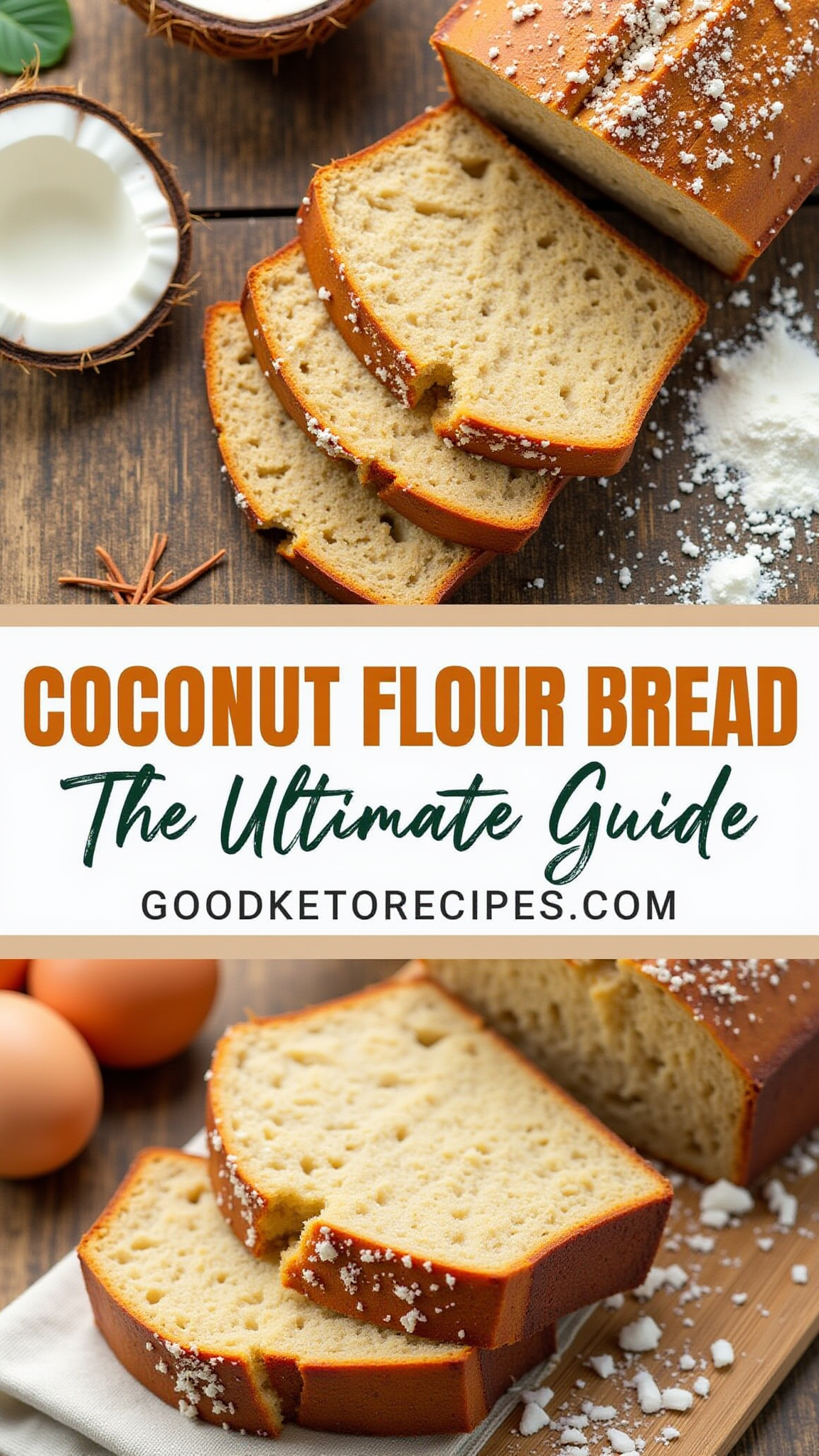
Affiliate Link Disclosure: Some of the links in this post are affiliate links. This means that if you click on the link and make a purchase, I may receive a small commission at no extra cost to you. I only recommend products or services that I personally use and believe will be valuable to my readers.
